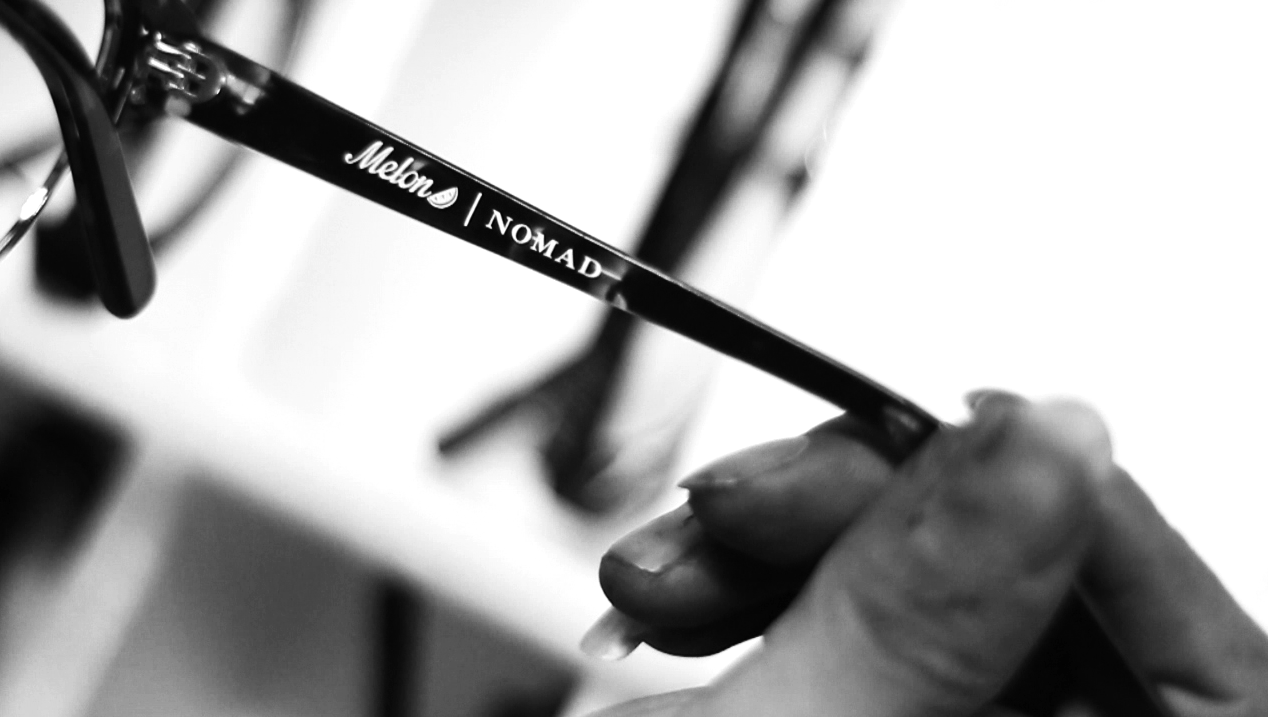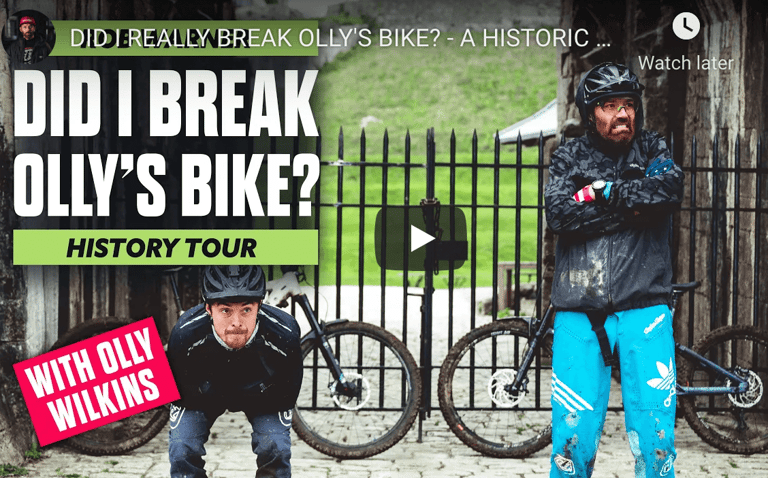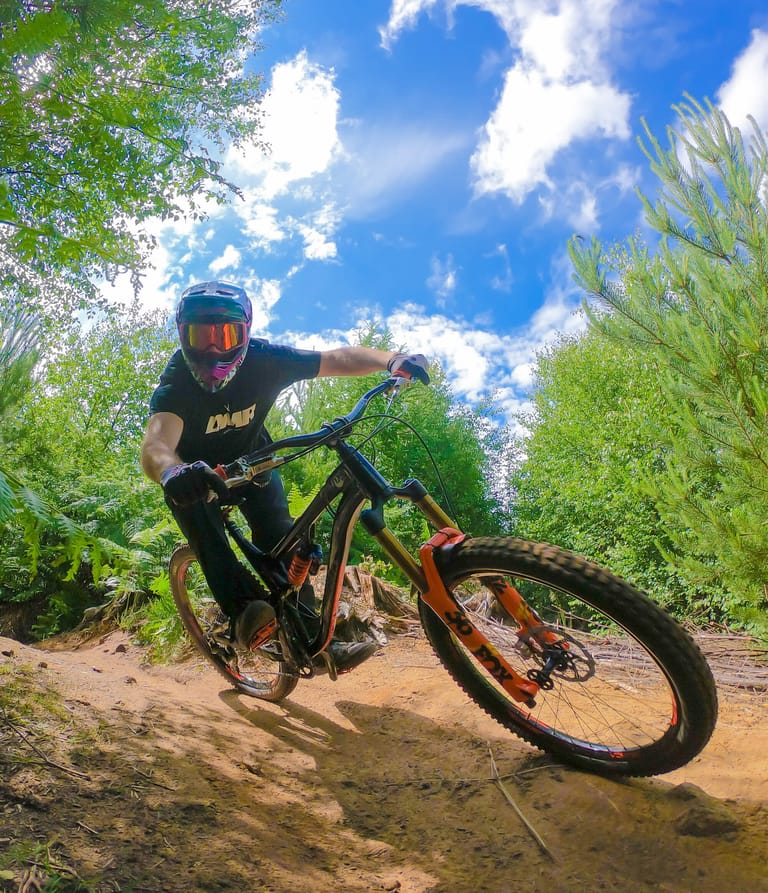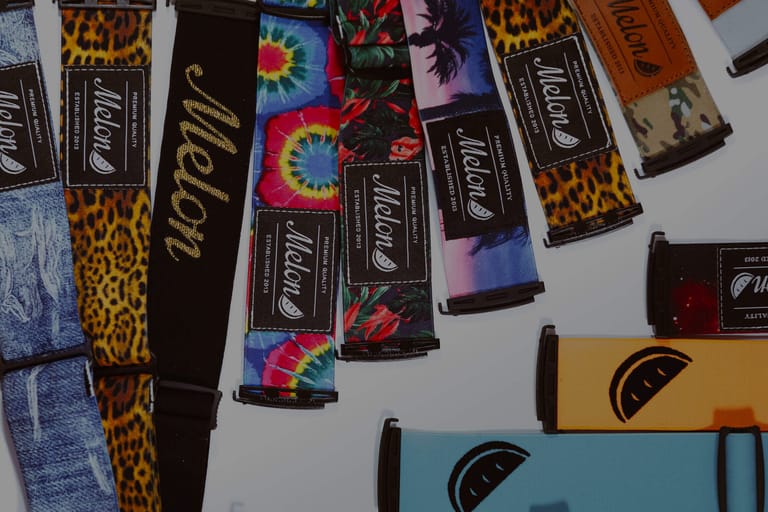
Investing your hard earned cash in an idea that’s doomed to fail is no fun, so let’s make sure your ideas will “stick”. This post, Melon Co-founder James takes a look at the journey Melon took to launch its products and how you can apply it to your own ideas to increase your chances of succeeding. If you’re new to the series start here
.
Why we let our ego take a $25,000 risk 4 months after opening and why you shouldn’t
From the day Melon was conceived back in June 2013, we knew that goggles were going to be the other half to our product line that changed our mission from “create the best customised sunglasses experience in the world” to “create the best customised eyewear experience in the world”.
Making sunglasses was fun, but on a personal level, snow was our passion. Creating goggles added so much more technical expertise from a product perspective and way more room from a design perspective to play around with some really unique patterns. Plus, it was a good excuse to head to Morzine, France for a winter season to help with launching and do some product testing 🙂
The problem was, that it was the end of August, no one was thinking about snow and we were still testing the goggles in New Zealand to make sure that they performed as well as we hoped (luckily they did). The other problem was that manufacturing product takes time, around 3 months door to door from pressing the go button. This meant if we wanted the goggles ready for Christmas, we’d need to go to production in a matter of days, leaving us with a decision to make:
- Blow everything we had made in our first summer, put up some of our own limited amounts of cash to ensure we had a goggles delivery in time for winter, and hope that our Indiegogo Campaign worked.
- Properly plan out an Indiegogo campaign before committing to the order deposit and not receive the goggles until midway through the season.
Of course, egos ran strong and we argued “of course people want a custom goggle!” and fortunately on this occasion we were right. But had we been wrong, Melon would have been bankrupt and we would have been back to the drawing board and most likely a 9 to 5 job. A friend recently confided in me that his company had done the same thing, only this time on a much larger scale, and had purchased the materials for 50,000 units prior to being funded. Their Kickstarter sold less that 1000 units and needless to say, the brand is now in a pretty severe situation.
Lesson one?
Unless you have money to burn, always test that your product is something that people actually want!
.

.
Is Crowdfunding the right move for your idea?
There are essentially three ways to fund your business:
- Drop your own cash into and take a chance (risky and expensive)
- Find an outside investor such as a venture capital firm (sometimes difficult and you may need to give away a chunk of your business)
- Crowdfund (relatively risk free and cheap)
Crowdfunding platforms such as Kickstarter or Indiegogo are a great medium to really check that people want your product without having to spend loads of your own cash first. However to make sure your launch is a success it depends not only a great product that solves a problem for users but on your ability to make sure people know about it.
Melon so far has run two crowdfunding campaigns. Firstly, The world’s first fully customisable snow goggle (link), a great success that was the first stepping stone of making Melon what it was today. Secondly and more recently we launched the world’s first fully customisable bike goggle, which on the surface, as far as the campaign went was a failure, despite a lot more work going into the campaign than our first one.
Of course, not heeding our own advice (whoops!), we had already started production of the Parker MX /DH so we launch fully after the Kickstarter campaign anyway, but what we found is that since the campaign, the goggles have been selling like hot cakes. Why?
We tried to solve the wrong problem!
When we launched “the world’s first fully customisable snow goggle“, we were hitting a far bigger audience and the price point was significantly lower than anything of a comparable quality on the market (problem solved). For the bike goggles, the custom aspect was cool, but what we really had up our sleeve is that our goggle provided the widest view of any other goggle on the market. Great right? So, we went ahead and told everyone about how the goggles can be customised and mentioned nothing about the widest view on the market! *Face Palm* Luckily for us reviews starting coming in about how awesome the vision was and word-of-mouth spread to save us from failure.
Lesson 2?
Make sure your product is solving people’s problems and make sure they know about it when you crowd-fund!
.
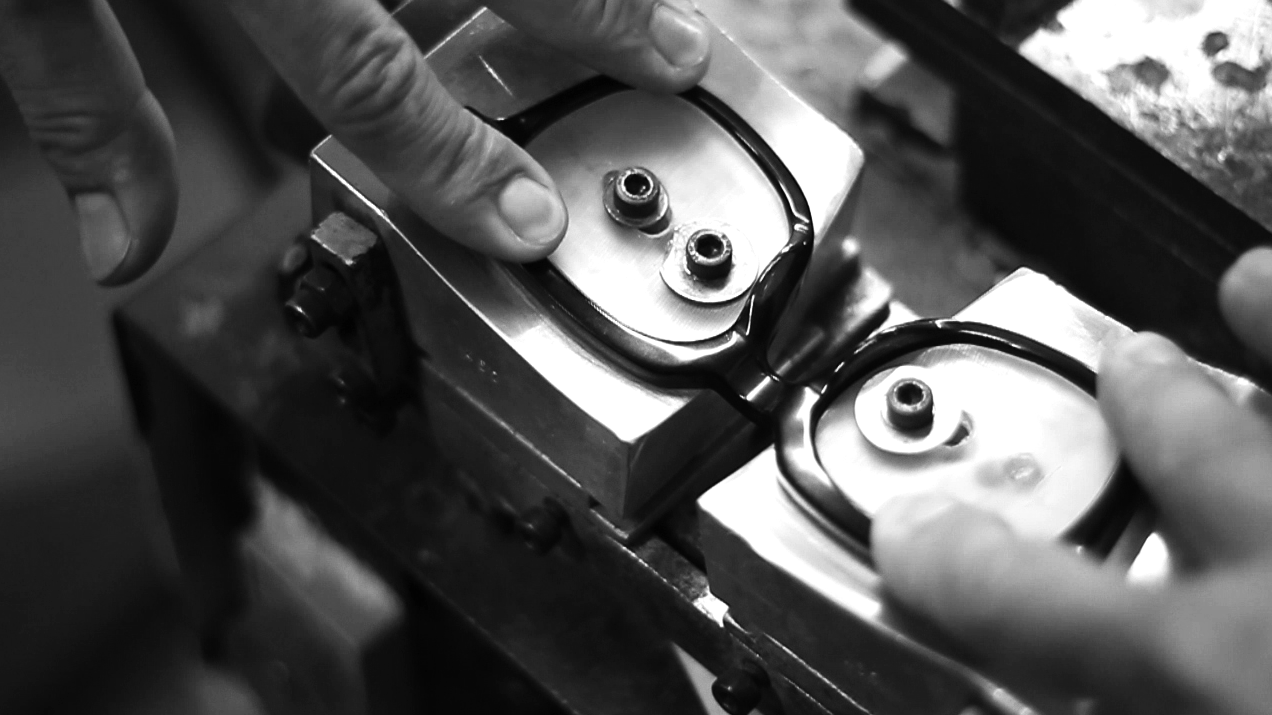
.
5 steps to make it work
1. Get some samples made
Alibaba.com (link) is basically the Facebook of manufacturers from all over the world. If you want to manufacture something, chances are there is someone, somewhere on Alibaba who can make it for you. It’s how a lot of brands (including Melon) started out. We found that in time we’ve gotten to know some prominent manufacturers who are the real experts in the industry and have further improved our products, but Alibaba is a great place to start. Look for a manufacturer with a solid track record and great communication and get started on some samples!
2. Minimum Viable product (MVP) VS All Singing All Dancing Super Product
An MVP is the bare minimum version of your product. If someone wanted the cheapest possible version of your product with the most basic features, the MVP is what they would get. The idea behind the MVP concept is that by creating the bare basics, you can quickly get to the sampling stage and test your concept without having spent months developing something that it turns out people don’t actually want. There are two schools of thought on this, but at Melon we believe that the answer lies somewhere in the middle. Create something awesome, but don’t try to create your best work on your first try and spend forever on the design. As you grow your brand and product, you’ll start to think of new features that would never have occurred to you at the beginning, allowing you to launch newer, better versions for your customers.
3. Test, Test, Test
No one want’s to receive a crappy product. Whilst I wouldn’t advise spending forever to get your product absolutely perfect on your first try, releasing anything that is substandard is a quick way to kill your brand. Test your samples like crazy and make sure they can withstand everything that your customers will throw at them.
4. Build your core following
Building up a core following prior to a launch of a new brand or product is critical and can make or break your official launch. These people are your brand advocates, the influencers, the people that set trends and tell others about your brand. Have a think about who these people are for your product and make sure that you get some samples, footage or photos to them and get the hyped about your new product. When we launched our snow goggles, we knew that university snow clubs would be a great market for us, so we got in contact and started to build strong relationships with the club captains. Once we launched, the captains were happy to share their message to the rest of the club, allowing us to reach a larger audience.
5. Get ready to launch!
There’s a host of different platforms to launch your product on, but if you’ve followed the steps above, you should be well on your way to launch day.
.
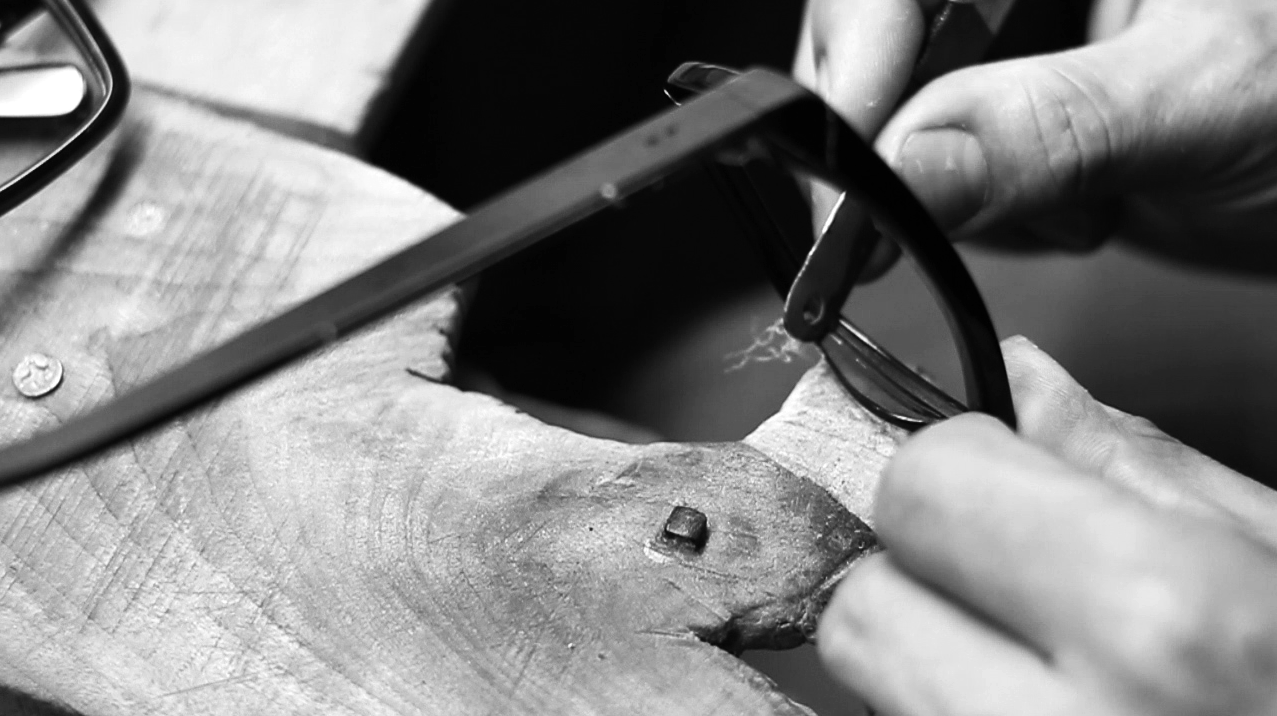
.
In the next instalment of the Melon Chronicles, we’ll be looking into executing a great crowdfunding campaign and hopefully seeing your project get funded. Until then, find some manufacturers, make some great samples and get testing!
.
Any questions? Shoot us an email [email protected]!
.
